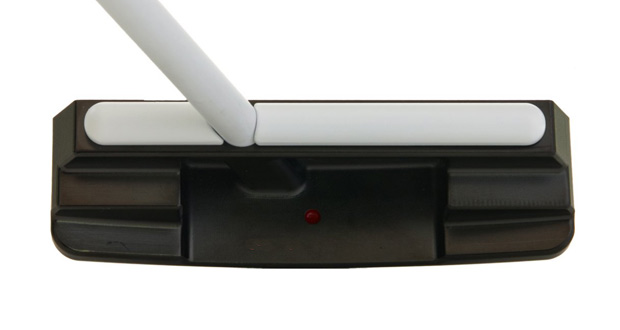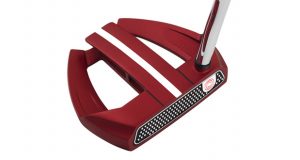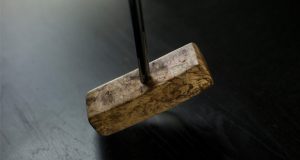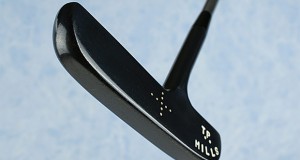The new Shaftlign CJ-1 putter is not only an intriguing entry into the field of alignment-oriented putters, it is also the latest achievement in the entrepreneurial journey of a man named Clay Judice.
After earning a degree in electrical engineering from the University of Louisiana, Clay had an epiphany: “Engineering was easy, but golf, that was much more challenging.” Rising to the challenge, he patented a putter in the 1970s that was used by several tour pros. “But,” he says, “with a young family, and no marketing skills, I had to let that go.” But not for long: in the ’80s, he patented a putting aid that was endorsed by Raymond Floyd, but ultimately couldn’t sell enough units to sustain the business. Next, he created created the BellyPutt, a device that converted any putter into a belly putter–a thriving business that was undone by the recent ban on anchored putters.
But like most serial entrepreneurs, he went back to the drawing board and created the Shaftlign concept, which creates a visual union between the putter shaft and the putter head’s topline to create a perpendicular alignment cue designed to foster proper and consistent alignment. This union is created by a white lower shaft with a correspondingly white topline of the same width.
Clay is married to his high school sweetheart, Patti. They have “6 kids and 13 ½” grandkids.” It’s a great story, so without further ado, here’s our exclusive interview:
The putter world is full of alignment aids and technologies. What makes the Shaftlign putter different from the rest?
The name infers the difference. The visual of the white shaft extending through the complementary white bar on the putter head in a straight line guarantees that the face is aligned with the shaft. Placing the shaft and putter head together as one alignment visual is what makes it unique.
You call the Shaftlign putter “revolutionary.” Can you elaborate on that?
To begin with, the alignment visual (shaft plus bar) is three times the length of the face alone. This long visual is far superior to a 5-inch putter face. This extended shaft visual encourages the golfer to align the entire putter instead of just the face. Additionally, the white shaft helps place the stance, body and shoulders in a consistent stroking position. And finally, as many teaching pros suggest, the visual of the white shaft moving through the putting zone provides great stroke feedback. Ultimately, “knowing” that you are aligned properly makes putting more like pointing a gun, rather than aiming.
So “revolutionary” encompasses not only these factors but ties in to how the brain assimilates these things. After a little practice, it all comes together and alignment is no longer an issue, the magic of pace kicks in. A bold claim, I know, but only time will tell in the end.
How does the Shaftlign putter help the average golfer make more putts?
Very few golfers can accurately use a horizontal line. Even pros have to work very hard at this. But perpendicular is just like using a carpenter’s square, where the golfer is not striving for perfection. The brain will almost sub-consciously align you much better than you could ever be with a horizontal line. Once the golfer lets go of his alignment anxiety, he can better stroke the ball, resulting in fewer three-putts, and more sinks.
They say that “necessity is the mother of invention.” When the belly putter ban was announced, you had to pivot. Can you tell that story?
I was selling 70 BellyPutts a day online. Life was great. And then came the ban on anchored putting. I was done overnight.
Over the next few years I developed a creation called the Buzzle Ball. It was kind of like a round Rubik’s Cube. I was even selling them in Wal-Mart. I was on top of the world again. But then my distributor got crossways legally with Wal-Mart on another product. It came off the shelves.
Meanwhile, I was still having trouble with aligning my putts, even with a belly putter. I experimented with a white stripe on my putter shaft and that helped alignment quite a bit. But then one day, I glued a piece of an old shaft on top of a putter head, in line with the shaft. I knew in an instant it was something special. I couldn’t sleep that night. I filed for a provisional patent the next day. That was the innovation, but after using it for a few weeks, I began to realize how it allowed the sub-conscious brain to really get involved.
What is next for Shaftlign?
Well, first I have to sell a few to survive. I have several models designed, some very radical, but need to see some success with the initial model. The CJ1 is basically my Shaftlign idea with a well accepted Anser style head. Give me a chance and the golf world will see some stuff.
 PutterZone – Best Putter Reviews
PutterZone – Best Putter Reviews




